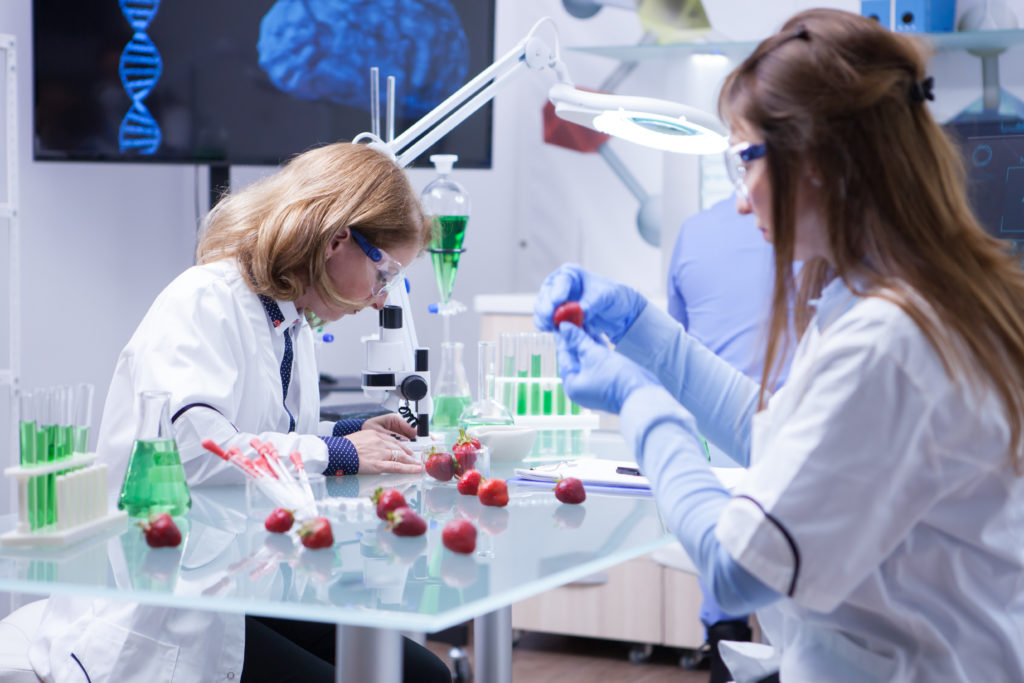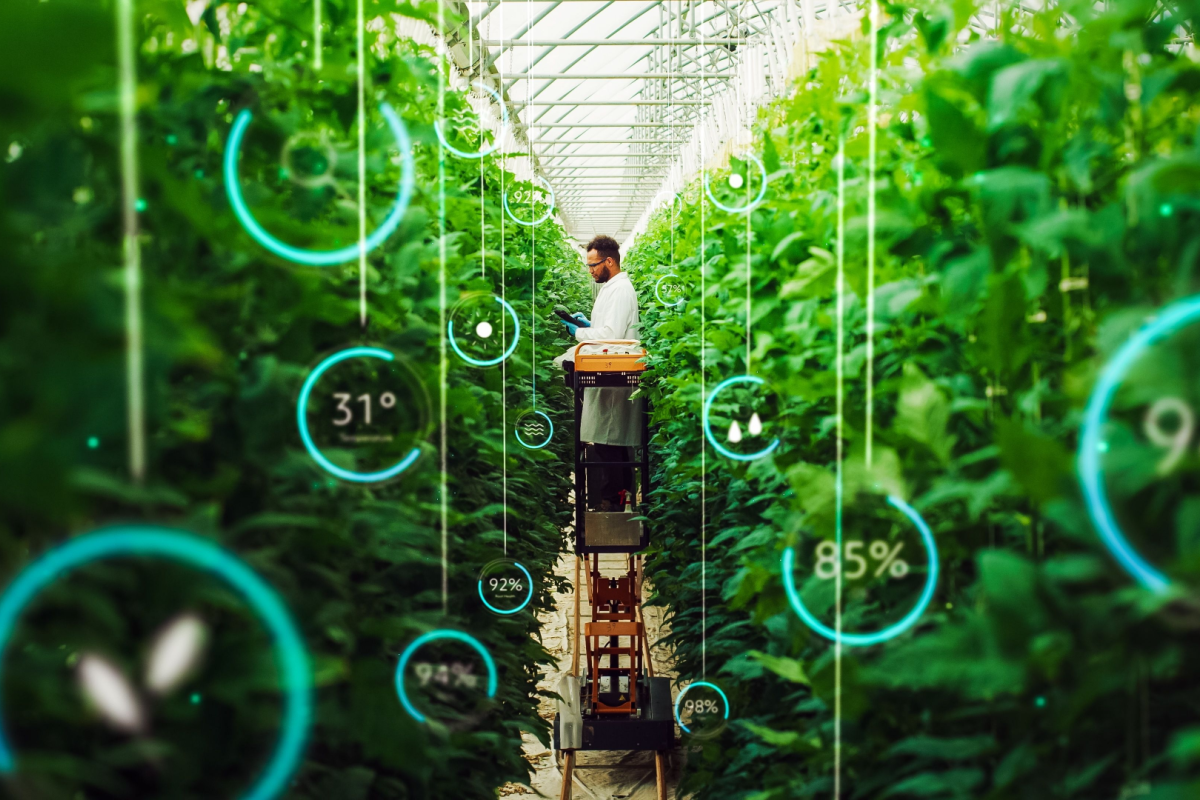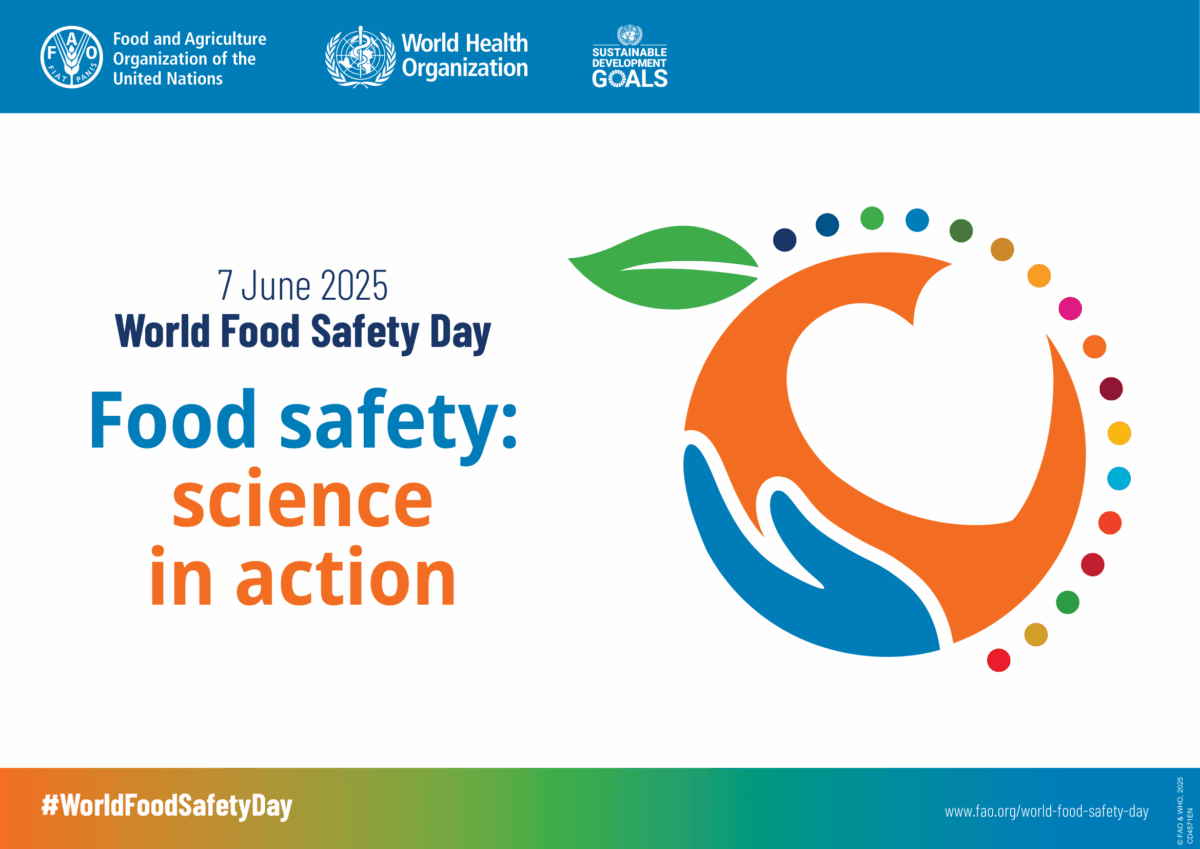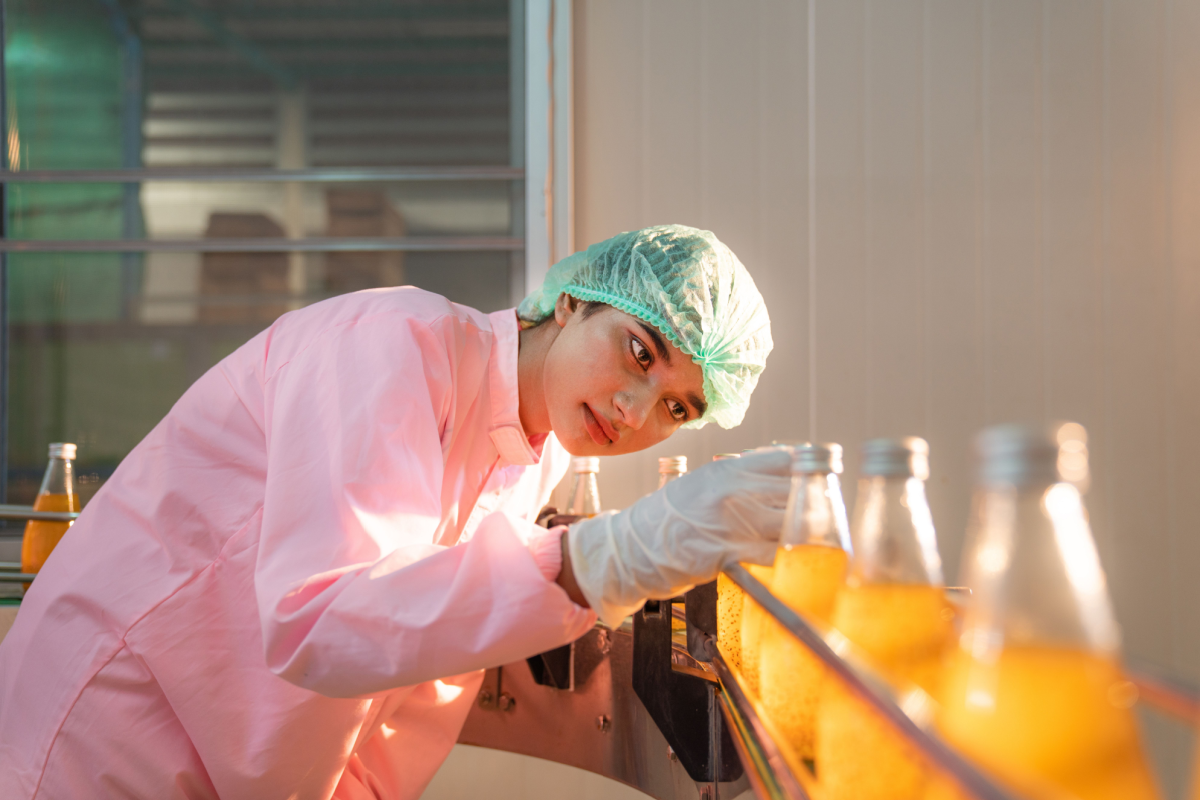In the last decade, next generation sequencing (NGS) has gone from being solely a research tool to becoming routinely applied in many fields, including food safety testing. While legacy food safety testing methods — such binary pathogen detection tests — can be useful, companies can no longer rely on them alone. Xtalks spoke to Sasan Amini, founder and CEO of Clear Labs, to find out more about the evolving food safety standards.
As the leader in genomic sequencing, Clear Labs helps its clients better understand and manage pathogens, from foodborne illnesses to SARS-CoV2. By harnessing the power of NGS, it simplifies diagnostics with its fully-automated platform to accelerate outcomes and improve the accuracy of results.
Shortcomings of Traditional Food Safety Testing Methods
Traditional food safety testing methods used in manufacturing facilities are inconsistent, time consuming and often require trained technicians. Not to mention, they can only provide vague information, like whether a pathogen merely exists, comparable to polymerase chain reaction (PCR) tests indicating whether COVID-19 is detected at a given point in time.
“Assume that you are at a manufacturing plant and it is doing environmental swabbing to look for Listeria monocytogenes, which is one of the common pathogens that causes foodborne illnesses,” Amini says. “You find a positive case in your plant. The next question that you ask is, ‘Is this the first time I have seen a positive case, or have we seen it in the past?’ ”
In Amini’s example, if the positive case had been identified in the past, any efforts to ameliorate the issue have fallen short. However, if it is a new case, the source of the problem must be identified. Since the root of the problem can often be very complex, binary tests do not provide enough information to deal with old or new issues.
Salmonella, for example, has more than 2,400 types of the bacteria. However, not all of them are equally pathogenic to the human host. So, if a food manufacturer identifies a positive Salmonella result in its facilities, the impact of the positive result differs greatly depending on whether it is pathogenic or not. Thus, binary tests can fall short of indicating which version of Salmonella has been identified.
Related: Here are the FDA’s Top Food Safety Tasks for 2022
Harnessing the Power of NGS in Food Safety Testing
Legacy solutions cannot address specific, multidimensional issues, so Clear Labs set out to change that. Since binary outcomes are not enough, NGS enables users to collect much more information — specifically, eight orders of magnitude more than legacy tests. And to make it easier for food manufacturers to switch over to Clear Labs, the sampling process remains more or less the same, with minimal training required for adoption.
This new era of NGS-empowered software tools offers a more accurate and deeper understanding of microbial contamination, helping drive root cause analysis and source eradication. This assists food manufacturing plants to curtail inefficiencies and return to production more quickly. However, barriers still exist for food manufacturers interested in adopting such tools for routine use, including turnaround time and cost.
“Since many food supplies are perishable, there’s a big incentive for a manufacturer to be able to [quality control] all the products quickly so they can start shipping them,” Amini says. “Making sure that the timeline of the testing solution fits within the established test and hold setup within the industry was very important.”
Since food is a low-margin business, another barrier for adoption, Amini says, is cost. Thus, the cost has to be reasonable in order for manufacturers to adopt new food safety testing methods. Complication of workflow is another factor that could prevent adoption. Traditionally, genomic sequencing has been used in advanced labs on the clinical side, so adapting it to work within the four walls of a manufacturing plant was crucial.
In terms of food safety regulations, Amini predicts food manufacturers will eventually need to be equipped with the latest NGS-empowered technology in order to keep up with the industry. To learn more about the future of NGS in food safety testing, click here to register for Clear Labs’ webinar, Food Safety Testing with the Power of Fully Automated Sequencing, on Monday, March 14, 2022 at 11am EDT (3pm GMT/UK).
This article was created in collaboration with the sponsoring company and the Xtalks editorial team.












Join or login to leave a comment
JOIN LOGIN